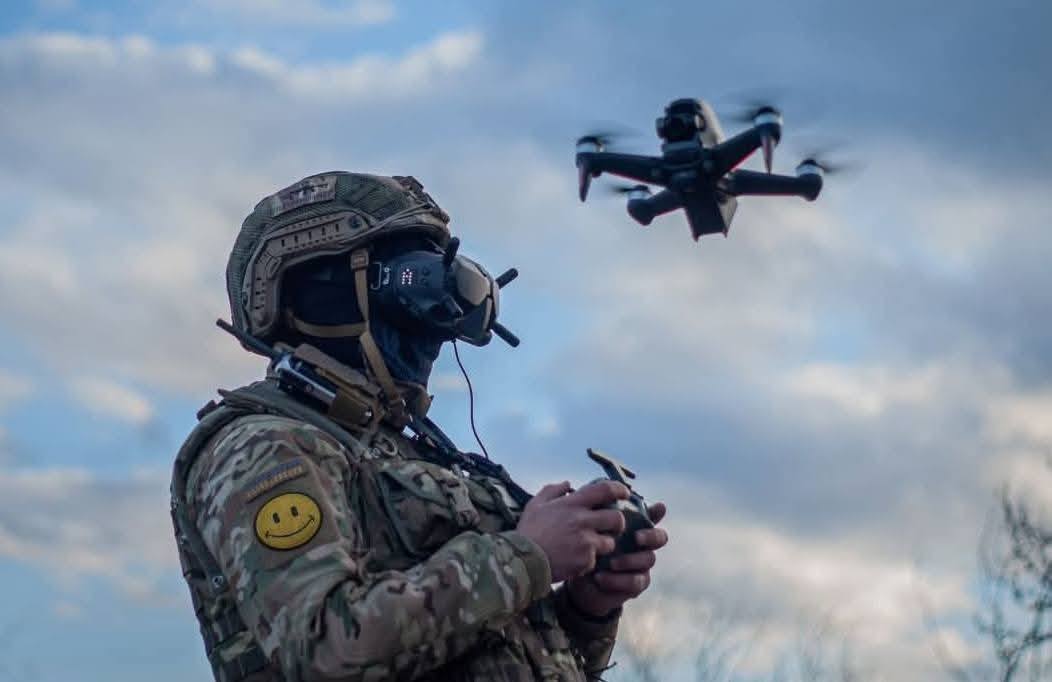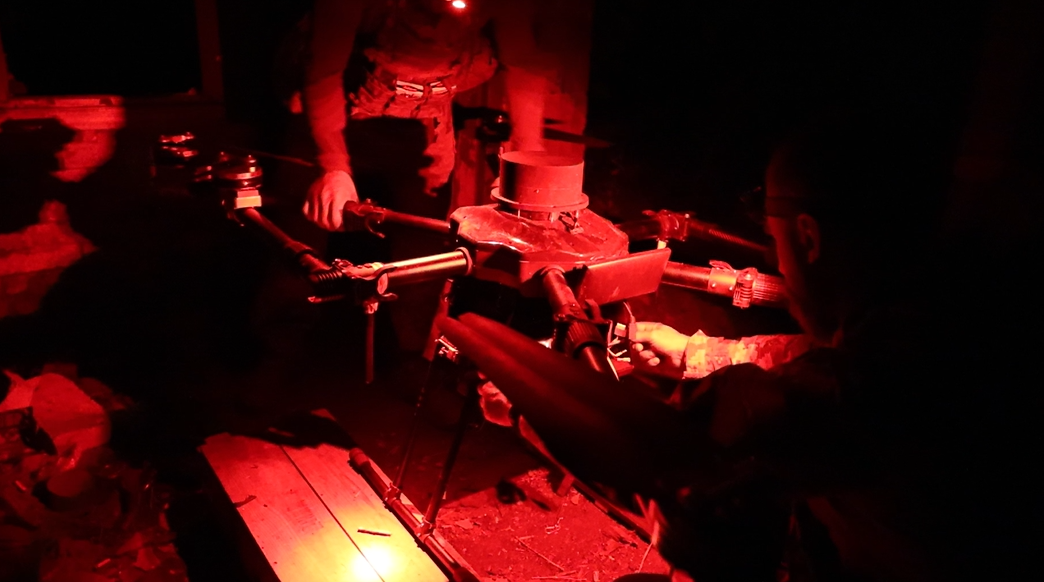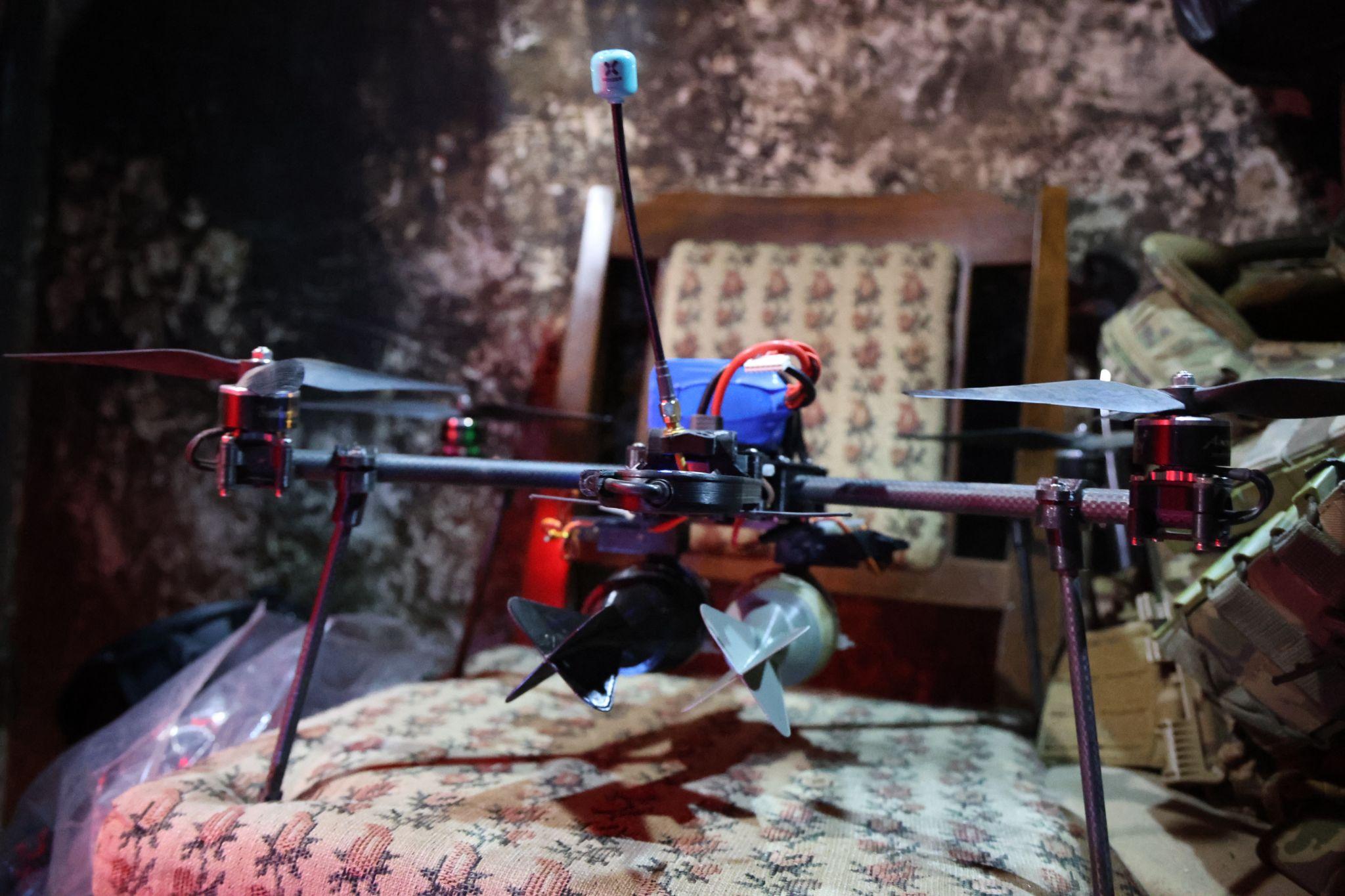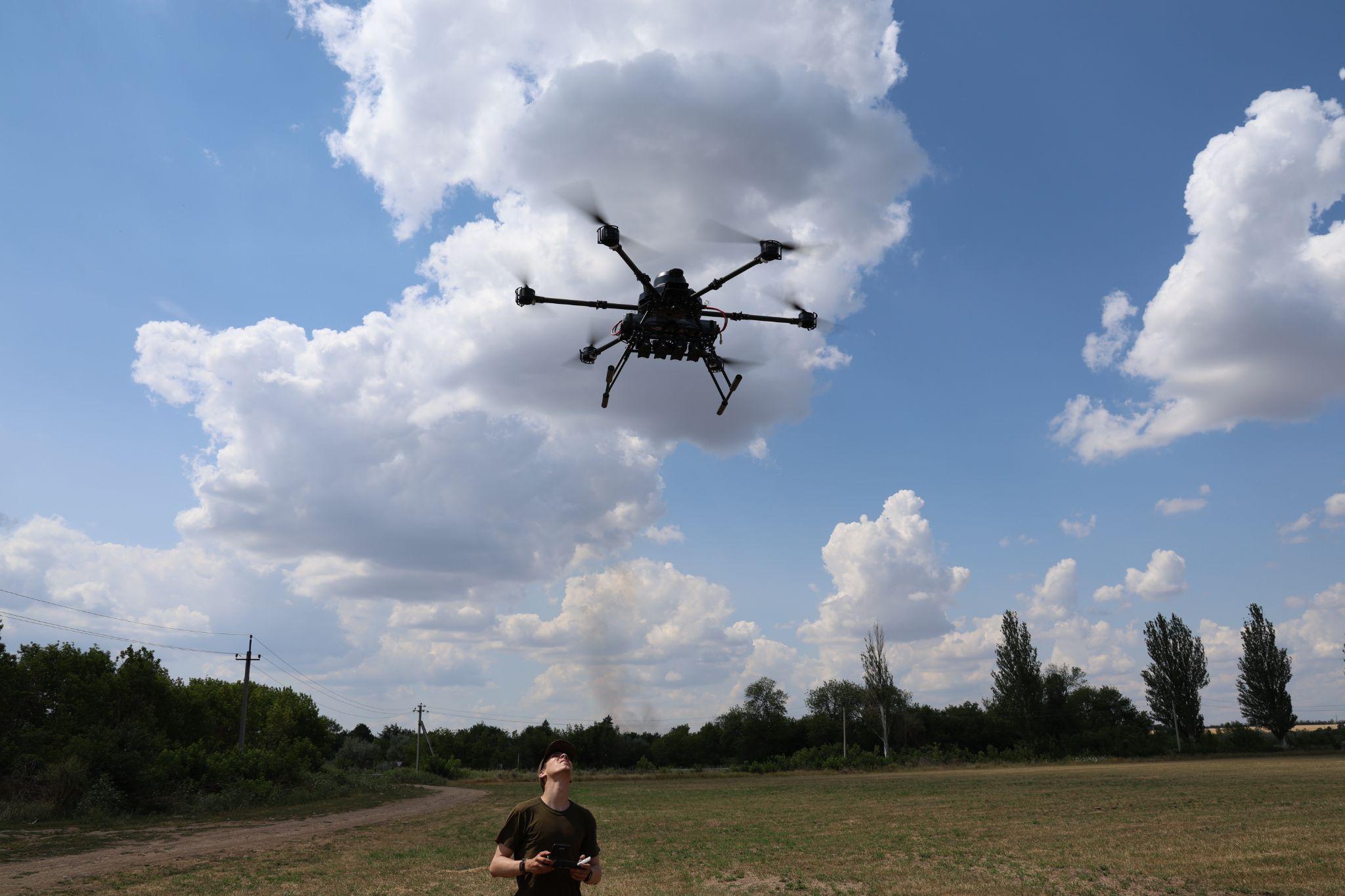The Avengers just got real: weekend engineers made Russia’s war tech obsolete — now the Pentagon should worry too

The fiber-optic drones that laugh at Russian jammers. The $10,000 radars that beat $10-million systems. The netgun quadcopters snatching enemy eyes from the sky. None came from NATO labs — they came from basements, battlefields, and backchannel Zoom calls.
While Ukraine’s allies debated aid packages and tiptoed around “escalation,” a global league of engineers, tinkerers, and combat-tested coders — calling themselves Defense Tech for Ukraine (DTU) — has built a rapid-response tech pipeline their own governments can only dream of.
Putin bet everything on a slow grind to wear Ukraine down. Instead, every second now fuels his worst nightmare: a grassroots tech incubator taking on his billion-dollar systems with garage-built solutions. While global defense giants waste years in development hell, these 150 volunteers deliver life-saving solutions in weeks — and shift the balance where it matters most: Ukraine’s front line.
The geeks who decided Russia had to lose
This volunteer force wasn’t built in boardrooms — it was born in crisis. As Ukraine’s defenders scrambled in the early days of Russia’s full-scale invasion, a handful of pro-Ukrainian veterans, engineers, and foreign tech allies realized crowdfunding a few drones wouldn’t cut it. They needed something faster, smarter — and scalable.
The answer? Build a nimble incubator to support Ukraine’s burgeoning defense industry and help its engineers win a war of attrition with invention—skipping the bureaucracy and contracts to beat traditional arms pipelines by months.
The stakes were existential. Andrii, a drone pilot in Ukraine’s 109th Territorial Defense Brigade, explains that modern war demands rapid tactical shifts and the near-immediate deployment of new technologies, often moving straight from blueprint to battlefield.
Nowhere is this urgency more visible than in drone warfare, where reconnaissance, targeting, resupply, and strike all hinge on real-time aerial dominance.
“Drones play a very big role on the battlefield, more than anything else,” adds Yaroslav, a drone pilot from the 110th Mechanized Brigade.
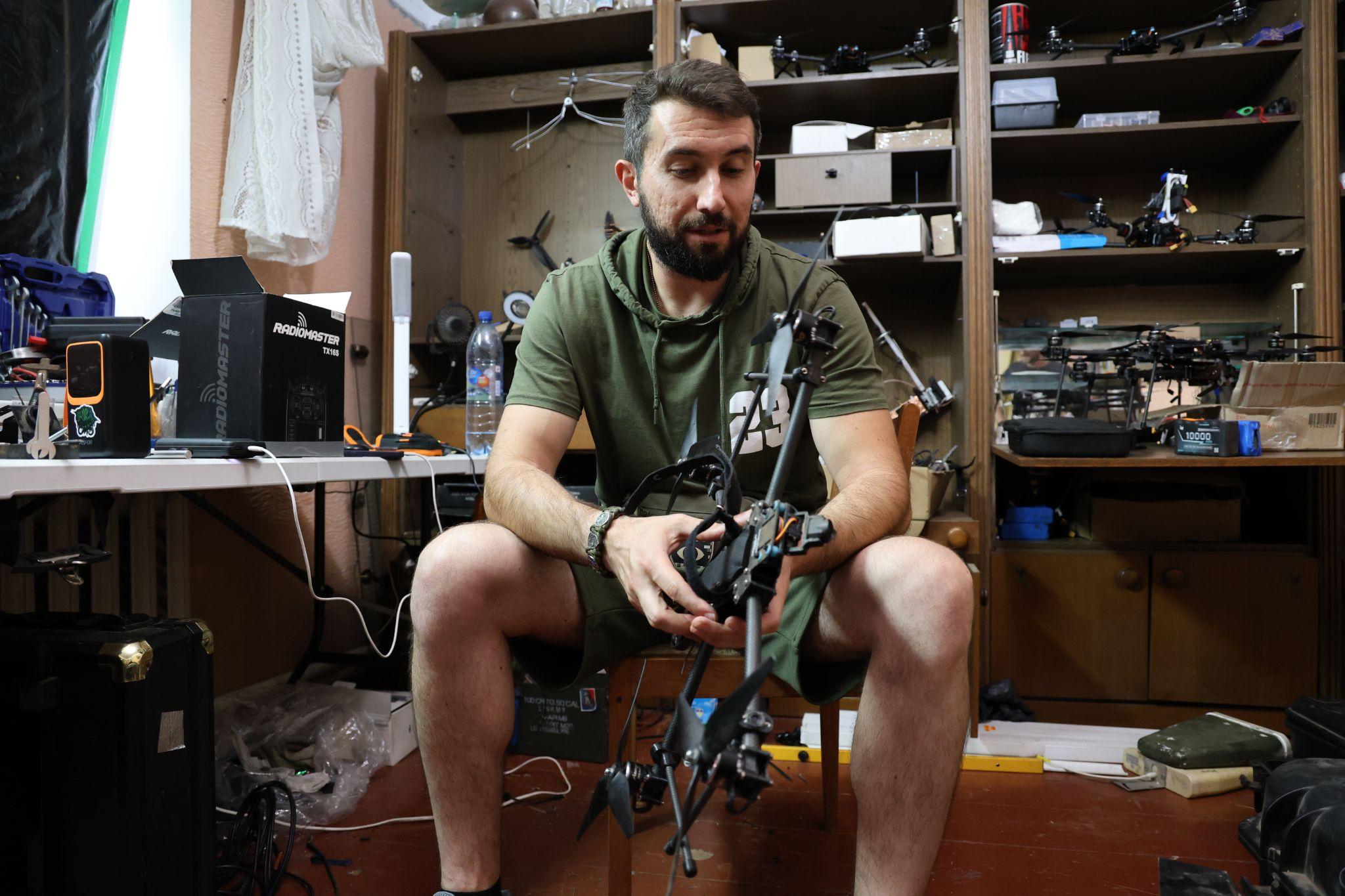
The war room Putin never saw coming
DTU has become one of Ukraine’s fastest-moving defense incubators — a decentralized network where frontline urgency meets global engineering talent. Its 150 members span European and North American engineers, manufacturers, veterans, donors, and active-duty Ukrainian soldiers — all working to turn battlefield needs into deployable tools at record speed.
There’s no boardroom — just six weekly calls, split between English and Ukrainian, where developers sync directly with end users — soldiers testing their inventions under fire. As co-founder Carl Larson noted, the pressure is real: at one meeting, a member warned that if Ukraine didn’t move fast enough, Russia would field the same idea first.
“The group is dedicated and passionate about helping Ukraine,” says Roy Gardiner, a former Canadian Armed Forces officer and open-source weapons researcher who volunteers with DTU. “Members devote what time they each can.”
The US veteran who hacked Russia’s jammers
By late 2024, DTU’s work had outgrown the screen. Seven of its American and European members flew to Ukraine to fast-track what they had been building remotely: a high-speed supply chain for battlefield innovation. In a whirlwind of meetings, they linked up with 15 defense manufacturers — including 12 drone makers and three anti-drone developers — along with drone schools, NGOs, military units, and the rising constellation of Ukraine’s wartime engineers.
The results speak for themselves. DTU-backed projects range from drone-mounted netguns to vertical-takeoff bombers and low-cost radar systems. But the breakthrough was a fiber-optic drone control system — a jamming-proof lifeline that beams stable high-definition feeds to the operator.
The concept came from Troy Smothers, a US Marine veteran and founder of the Drone Reaper initiative. DTU helped sharpen the prototype and pushed it to its first confirmed success on the battlefield.
“We gave it away,” says Carl Larson, a DTU co-founder and former soldier in Ukraine’s International Legion. “Now, it’s everywhere.”
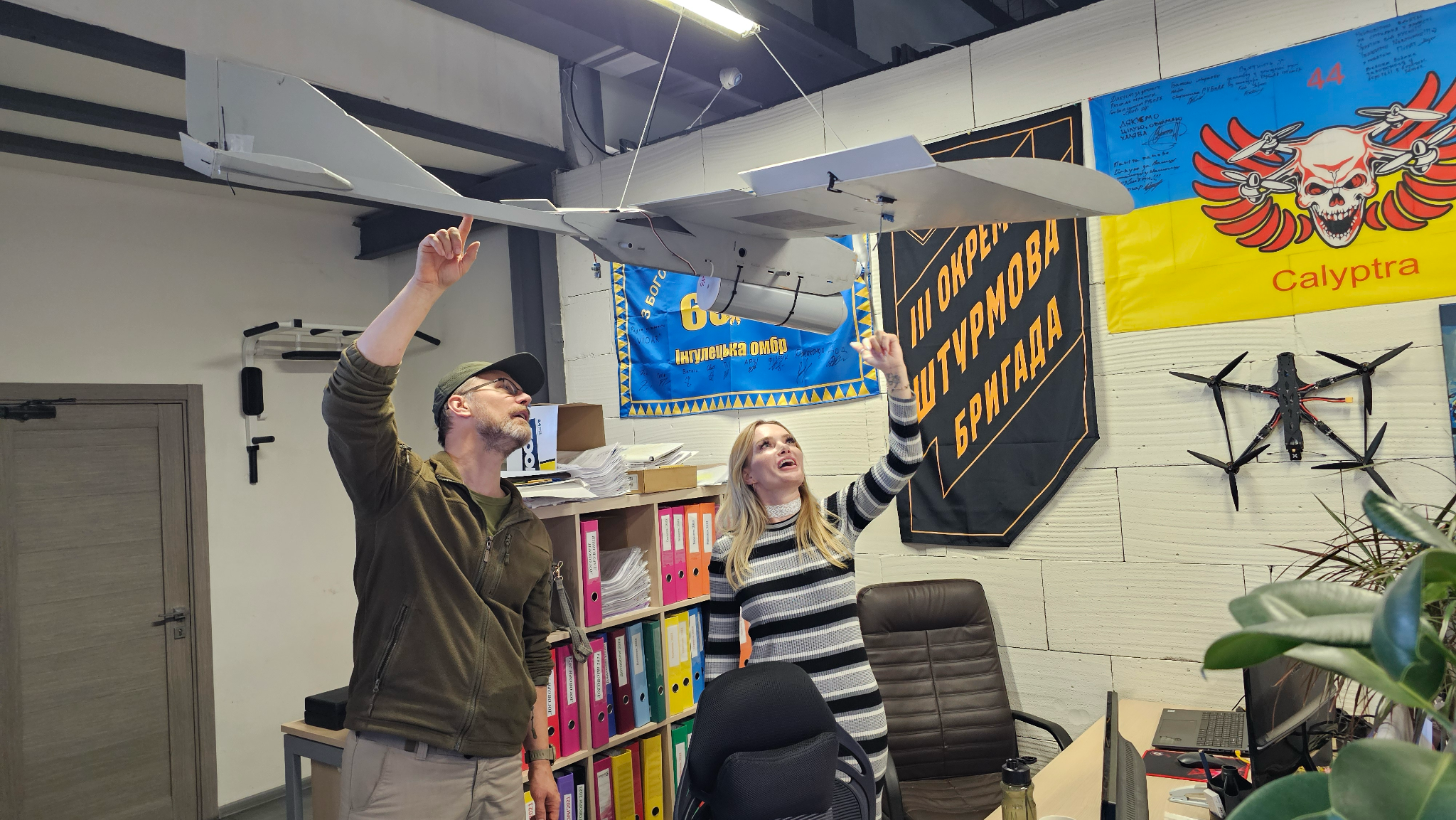
By open-sourcing the design and proving it in combat, DTU helped trigger a wave of fiber-guided drone adoption — not just for strikes, but for resupply missions in places too deadly for manned vehicles.
“They used the DTU drone against a target they couldn’t reach due to jamming,” Roy Gardiner adds. “It worked on the first attempt.”
Gardiner notes that DTU played a key role in pushing fiber-optic adoption across Ukrainian units. The tech didn’t stop there: that same fiber-optic system now powers ground drones delivering food, fuel, and ammo to frontline troops — replacing high-risk resupply runs with cable-controlled precision under fire.
The day Kremlin’s engineers stopped sleeping — and killed a HIMARS from 6 miles away
For all its promise, Ukraine’s fiber-guided tech still trails behind Russia’s in both range and reliability. On missions up to 15 kilometers (9.3 miles), Ukrainian drones succeed just 10–30% of the time, climbing to 50% only when using shorter 10 km (6.2 miles) spools.
By contrast, Russian fiber-optic drones boast an 80% success rate over 20 km (12.4 miles) — powered by stronger signal transmitters, superior optical wavelengths, and sharper digital IP cameras that beat Ukraine’s analog setups.
Russia’s edge is also structural. Their drones use thicker, more resilient cables that reduce breakage mid-flight. Ukraine’s platforms often rely on ultra-thin 0.25 mm (0.01 inch) fiber — lighter, but far more prone to failure.
“The enemy is using fiber-optic drones more extensively than we are,” says Roman Kostenko, Ukraine’s MP and secretary of the parliamentary Committee on National Security, Defense, and Intelligence
To make the competition worse, the Kremlin is scaling fast. Moscow has begun mass-producing the Knyaz Vandal (KVN) drone — a fiber-guided platform with near-total immunity to jamming, 1 Gbps data transmission, and a reported 95% hit rate. It can carry up to 20 km (12.4 miles) of cable, though even 10 km (6.2 miles) adds 2.3 kilograms (5.1 pounds), limiting its agility.
Despite its limits, it’s still lethal enough. In one recent strike, a KVN drone flew more than six miles (9.7 km) behind the front line and destroyed High-Mobility Artillery Rocket System (HIMARS) launchers — one of Ukraine’s most prized US-supplied artillery systems.

Ukraine’s own drones crash Putin’s $7-billion “red lines” aircraft — while Russia fights them back with sticks
Kyiv’s response: bomb the factory copying your garage
Ukraine is innovating fast — but to stay ahead in the drone war, it needs all the help it can get. Much of that help still comes from outside formal structures, through agile volunteer networks that move faster than any bureaucracy.
“When something is urgently needed, you call your volunteer contacts and they’ll bring you everything, and often even more than you asked for,” says Danylo, a drone pilot from Ukraine’s 108th Territorial Defense Brigade.
As Kyiv races to scale its own fiber-guided drone production, it’s blowing holes in Russia’s. In a long-range operation, Ukrainian drones hit the Optic Fiber Systems plant in Saransk, deep in Russia’s Mordovia Republic — about 1,000 kilometers (620 miles) from the border.
“The fiber optic systems plant in Saransk was very seriously damaged after the strike,” confirmed Andrii Kovalenko of Ukraine’s National Security and Defense Council.

Meanwhile, DTU keeps hunting for battlefield fixes — even the ones that seem small on paper but make a big difference under fire. Co-founder Carl Larson has crisscrossed Ukraine meeting with developers of radio-frequency detectors, searching for tweaks that troops can use immediately.
One engineer added a foldable sun visor to a pocket-sized signal scanner, printed with key frequency ranges and a QR code that links straight to the manual — so even if the paper instructions are lost, the tool stays usable on the front.
“It might seem like a small thing,” says DTU’s President Jonathan Lippert. “But it means a significant percentage of soldiers who might lose paper instructions will still be able to access them online and actually use the device effectively.”
This kind of field-adapted thinking is the backbone of DTU’s model: rapid fixes, open-source sharing, and no time wasted.
“Success for us is helping improve Ukraine’s ability to defend itself, however that might look,” Lippert adds. “That means getting advanced capabilities into soldiers’ hands faster and more broadly.”
When “calling a guy” beats Pentagon red tape
DTU is currently field-testing a wave of new tools — including an RF detection device, an acoustic system now being trialed in combat, and a sub-$10,000 radar urgently needed to spot Russia’s newest fiber-optic drones.
“In the next month or two, we expect to have three different drone-mounted devices ready for testing, focused on counter-drone and anti-jamming operations,” Lippert says.
Unlike traditional defense contractors, DTU doesn’t chase contracts as its volunteers operate in a space between formal military procurement and guerrilla maker culture. Their projects, like the “Iklo” drone-mounted shotgun system or drone-mounted RF detectors, are often too niche, fast-moving, and unorthodox for large vendors or government defense ministries. But on Ukraine’s high-tech battlefield, these are exactly the tools that decide everything.
And DTU doesn’t operate alone — it’s plugged into a broader ecosystem driving battlefield innovation. It partners with Brave1, the Ukrainian government’s official defense-tech incubator, and works alongside grassroots groups like Kyiv Defenders and UkrLegion — NGOs supporting drone teams, training, and tactical innovation. Regional tech clusters in cities like Lviv and Kharkiv round out the network, turning Ukraine’s war zones into live innovation labs.
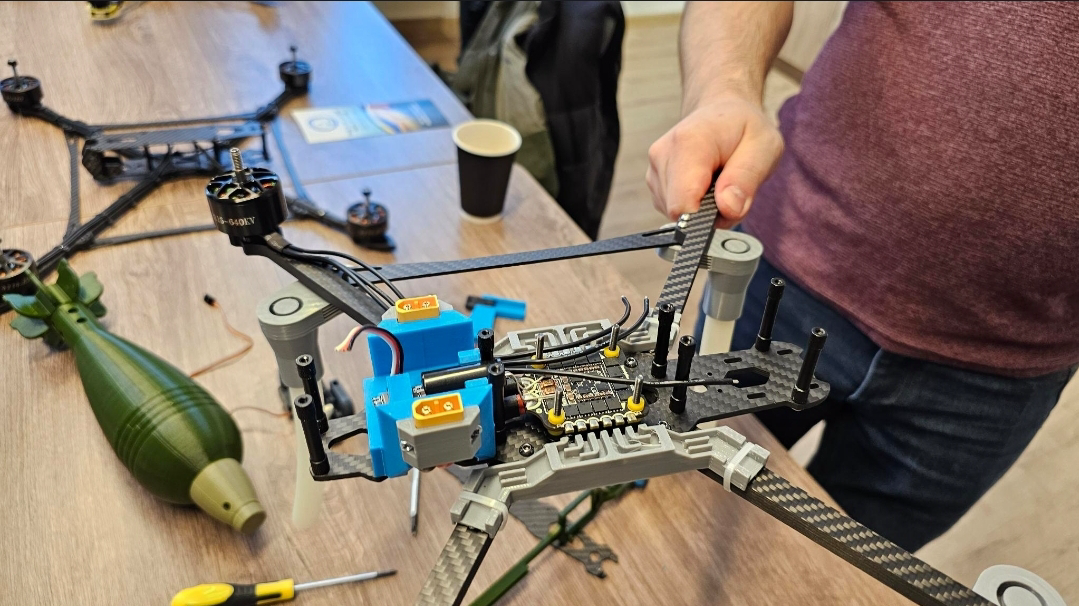
This decentralized model gives DTU an edge that most governments can’t match: speed. While traditional defense programs are bogged down by bureaucracy, DTU moves with the urgency of war — powered by engineers, soldiers, and volunteers solving problems in real time.
It also offers Western investors and defense planners a glimpse of the future: a wartime innovation pipeline powered not by national labs but by networks of passionate individuals working outside of hierarchies.
The model isn’t just fast — it’s scalable. DTU is already exploring how to bring in venture capital to match proven battlefield tools with dual-use potential down the line.
“Our future plans include close partnerships with UA units, supporting innovation amongst their drone teams to accelerate the testing and adoption of new technologies,” Larson says.
5 million reasons Putin should be terrified
Ukraine has redefined modern defense not with billion-dollar programs, but with speed, scale, and cost-efficiency. In just three years of resisting Russian aggression, it’s built a wartime tech industry capable of overwhelming more sophisticated systems through sheer volume.
“Victory on the battlefield now depends entirely on the ability to outpace the enemy in technological development,” said Valerii Zaluzhnyi, Ukraine’s former commander-in-chief — a warning that has become the backbone of Ukraine’s defense.
That mindset is exactly what Ukraine’s global backers are betting on. Deborah Fairlamb, Founding Partner at Green Flag Ventures — a US fund investing in Ukrainian-founded companies that can scale globally — pointed to Ukraine’s biggest strategic breakthrough: speed at scale.
In just three years, the country turned battlefield urgency into an advantage, flooding the front with cheap, effective hardware built fast enough to beat Russia’s slower, more advanced systems.
The numbers tell the story. From zero drone production in 2022, Ukraine is now on track to manufacture up to 5 million units in 2025. Iteration cycles that once took years are now completed in weeks. New tools can reach frontline troops in just three to four weeks — a speed few traditional defense ecosystems can match.
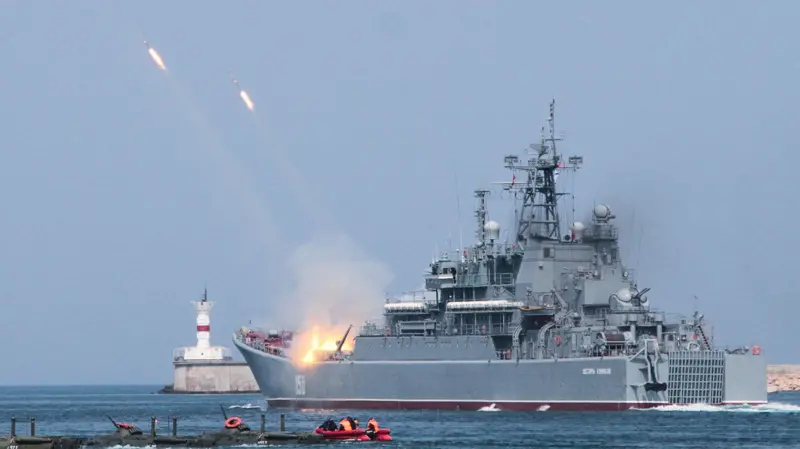
“Kill a navy for the price of a car”: Ukraine’s drones drove out Putin’s fleet from the Black Sea — then turned on his fighter jets
Justin Zeefe, co-founder of Green Flag Ventures, adds that wartime innovation gives these startups a critical edge. By developing and stress-testing their products under live battlefield conditions, Ukrainian firms gain real-world validation and credibility. That, in turn, positions them for faster adoption in NATO and Eastern European markets facing similar threats.
Powered by volunteers, Ukraine has outpaced one of the world’s biggest militaries — but in this race, falling behind even once could be fatal. This is a fight built on everyone showing up — and every personal contribution is vital to keeping Ukraine in the fight.
“It’s an easy sell to tell engineers and students they can join a free group in their spare time to help defend democracy, save lives and stand with the Ukrainian people on the right side of history,” Larson says.
